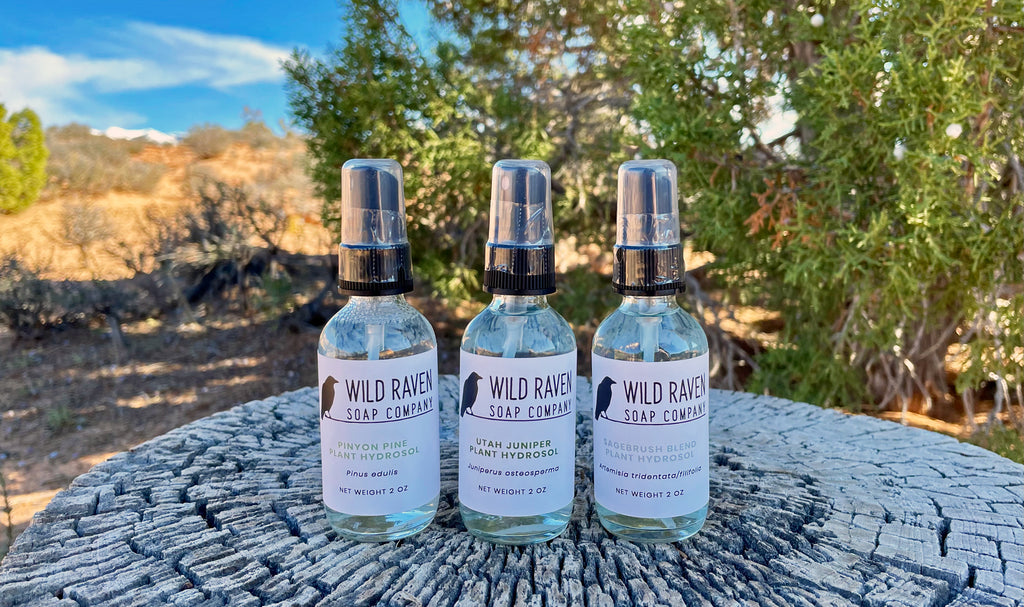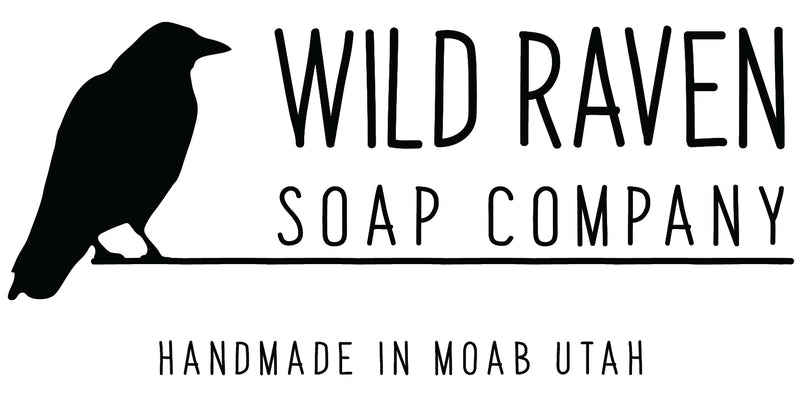What Exactly Is a Hydrosol?

Introduction
Now that we are getting into the summer season, and are beginning to batch this year’s crop of essential oils and hydrosols, we thought we’d take a few minutes to answer some questions that we periodically receive from our customers about hydrosols. In this article we’ll discuss what a hydrosol is (and what it isn’t), how hydrosols are made, the benefits of hydrosols, and how hydrosols can be used. Keep reading to learn more.
What Are Hydrosols
Hydrosols, also referred to as “plant waters,” are water-based products made from the steam distillation of fresh flowers, bark, leaves, fruits, roots, and other plant materials. They’re a byproduct of the essential oil manufacturing process. They share many of the same properties as essential oils and contain all the beneficial cellular components of the materials from which they came, including their aroma.
The main difference between essential oil and hydrosol is that hydrosols are mostly water versus oil. This means they’re much less concentrated than essential oils, and they also have a softer, more subtle scent.
Hydrosols are used in a variety of products, including perfumes, skin toner, makeup, aromatherapy, cleaning products, and alternative medicines. They are a great addition to DIY health and beauty projects, especially when blended with other botanical ingredients. They can even flavor drinks and other foods.
How Are Hydrosols Made
Hydrosols and essential oils are both made using copper, stainless steel, or glass distillers to extract the therapeutic and aromatherapy properties of plants through steam. The steam distillation process used for making essential oils produces two end-products:
Essential oil: the oil-soluble parts of the plant.
Hydrosol: the water-soluble parts of the plant (this liquid also contains small amounts of essential oil).
When essential oils are extracted by steam distillation, some of the aromatic and healing properties held within the plant are not captured during the process. These important components are instead absorbed by the steam or water that is used to extract the oil. This steam eventually condenses back into water, and contains small quantities of essential oil plus many of the water-soluble (hydrophilic) parts of the plant.
As a result, essential oils and hydrosols have some similar properties, but hydrosols have a much higher water content. This means they’re gentler than essential oils and can be applied directly to your skin without needing to dilute them with a carrier oil.
Like essential oils, the aroma of a hydrosol may vary from season to season even when it comes from the same geographical location. This is because the weather can have a dramatic effect on the plant whilst growing, and during seasons of extreme heat, rain or drought, the plants delicate chemistry is changed which in turn affects the fragrance of its essential oil.
In addition, the chemistry of a plant is affected by the soil that it is grown in. Therefore, the aroma of a particular essential oil or hydrosol will be different according to its country of origin.
History of Hydrosols
Hydrosols have been used since ancient times, and the Egyptians, Greeks and Romans are all known to have made great use of hydrosols for their healing and aromatherapy properties. It is believed that Cleopatra, the Queen of Egypt, used rose hydrosol or rose water frequently to attract men. As a result, rose water remains especially popular today, due in part, to its long association with women’s beauty, and for its intoxicatingly sweet and rich aroma, support for emotional well-being, and skin benefits.
Beginning around 1000 A.D., Arabic physician Avicenna invented the techniques for steam distilling essential oils and hydrosol that is still in use today. Following the Crusades in the 13th Century, essential oils and hydrosols were brought back to Europe from the Middle East and introduced to the Western Hemisphere where they became extremely popular for creating perfumes and herbal medicines in the 16th and 17th Centuries.
Unfortunately, as essential oils became increasingly more popular in Europe in the 18th and 19th Centuries, the use of hydrosols began to slowly wane. By the early 20th Century the healing benefits of these plant waters were generally being ignored, with much of the hydrosol being thrown away at the end of the essential oil distillation process. It is only quite recently that there has been a growing interest in hydrosols again, as consumers increasingly look to purchase a variety of gentle, safe, and naturally effective products to use in their daily lives.
What Are the Benefits of Using Hydrosols
Hydrosols have many chemical properties which are recognized as being naturally beneficial and multi-use. They are highly versatile and there are many products that are commercially available today that contain them. These include skin and makeup products (like toners and lotions), topical creams (to sooth cuts, scraps, wounds, bug bites, inflammation, etc.), body products (like deodorant or perfume), aromatherapy products (like air freshener and sleep spray), and cleaning products.
Overall, hydrosols are considered to be safe and effective for a variety of uses, including topically. Hydrosols are also generally safe to use on young children, and since they only contain a small amount of essential oil they do not need diluting.
What to Look for When Purchasing Hydrosols
Hydrosols can be made intentionally or as a byproduct in the essential oil distillation process. When purchasing them, look for products intentionally made as hydrosols. These are usually of higher quality and less likely to contain synthetic ingredients with no therapeutic benefits. Manufacturers of specific hydrosol products versus those packaging the byproduct may put more care and attention into the product they produce.
Also, be aware that some hydrosols are produced by adding essential oils or absolutes to water using alcohol or some other type of dispersant or solvent. This may appear to be perfectly acceptable, since the finished product contains essential oil and has a fragrance similar to a natural hydrosol. However, this type of reconstituted product lacks the healing properties present in a true hydrosol, and adding an essential oil to water will never create a product with the same range of benefits as hydrosol.
If you are looking for true hydrosols, beware of imposters. Unfortunately, you may not be able to tell if the hydrosol is a fake by simply looking at it or smelling it. Names and even label ingredients can be deceiving. As you shop ask lots of questions and read labels. Choose hydrosols from a reputable supplier that is willing to share basic information about their hydrosols.
Hydrosols should be packaged in bottles similar to essential oils that prevent light from altering them. After purchase, it is important to either refrigerate them or keep them in a cool, dry place, to avoid moisture and heat, keep them fresh and extend their shelf life.
Conclusion
Hydrosols provide many therapeutic and aromatherapy benefits. They can be used in combination with, or as an alternative to essential oils. As they are water based, they are naturally gentle, don’t need to be diluted, and can be safely used by people of all ages. We encourage you to look into the benefits that hydrosols may have in your life by adding them to your skincare, aromatherapy, and cleaning routines, or trying them in your next DIY health and beauty project.
Leave a comment